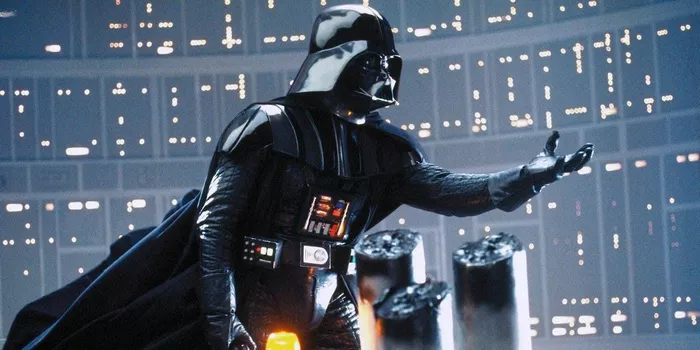During the production of Return of the Jedi, George Lucas grappled with the decision of potentially omitting Darth Vader’s iconic helmet-removal scene, recognizing the potential implications of altering a moment that epitomized the character’s profound vulnerability and internal struggle. The contemplation surrounding this pivotal scene underscored the importance of portraying Vader as a multifaceted and complex character, rather than a mere archetypal villain. By delving into the intricacies of Vader’s internal conflicts and moral journey, Lucas aimed to present a narrative that transcended the confines of traditional storytelling, delving into the nuances of human frailty and the enduring struggle between light and darkness. Amidst the narrative complexity and thematic richness of the Star Wars universe, the preservation of this poignant and emotionally charged scene served as a testament to the profound emotional resonance and thematic depth that have come to define the iconic character of Darth Vader.
As George Lucas grappled with the decision to preserve or omit Darth Vader’s helmet-removal scene, the character’s internal conflicts and moral redemption emerged as integral components of the narrative fabric of the Star Wars saga. By retaining this pivotal moment, Lucas sought to reinforce the transformative journey of Darth Vader from a symbol of tyranny and oppression to a figure of redemption and emotional depth. The vulnerability encapsulated within the scene highlighted Vader’s internal struggle with his dual identity as both a Sith Lord and a father, underscoring the complexity and emotional turmoil that defined his character’s trajectory. The preservation of this multifaceted portrayal emphasized the nuanced exploration of human nature and the enduring power of compassion and redemption, solidifying Darth Vader as a timeless and resonant figure within the realm of cinematic storytelling.
The inclusion of Darth Vader’s helmet-removal scene in Return of the Jedi served as a pivotal narrative cornerstone, providing essential closure for the intertwined destinies of Anakin and Luke Skywalker. As the climactic moment of Vader’s redemption unfolded, the emotional resonance of the father-son dynamic reached its zenith, evoking a profound sense of catharsis and emotional fulfillment for audiences worldwide. The thematic richness of familial reconciliation and the enduring power of love and redemption reverberated throughout this poignant sequence, underscoring the underlying message of hope and resilience that has come to define the heart of the Star Wars saga. By bringing the father-son story full circle, the helmet-removal scene epitomized the transformative power of forgiveness and the enduring legacy of familial bonds that transcend the boundaries of time and space, resonating with audiences across generations and solidifying its place as a timeless and cherished moment within the Star Wars mythology.
The enduring impact of Darth Vader’s redemption has resonated across generations, solidifying Return of the Jedi’s legacy within the annals of cinematic history and the collective consciousness of Star Wars enthusiasts worldwide. As viewers continue to revisit this iconic moment, the enduring legacy of Darth Vader’s redemption serves as a timeless reminder of the transformative power of compassion, forgiveness, and the eternal struggle between darkness and light. The preservation of this poignant and unforgettable scene within the Star Wars narrative landscape symbolizes the enduring legacy of the franchise, capturing the essence of its thematic depth and emotional resonance. By solidifying the character’s redemption arc within the narrative fabric of the Star Wars saga, George Lucas ensured its place within the pantheon of timeless narratives that continue to captivate and inspire audiences across the globe, reinforcing the enduring legacy of one of cinema’s most iconic and complex characters.

